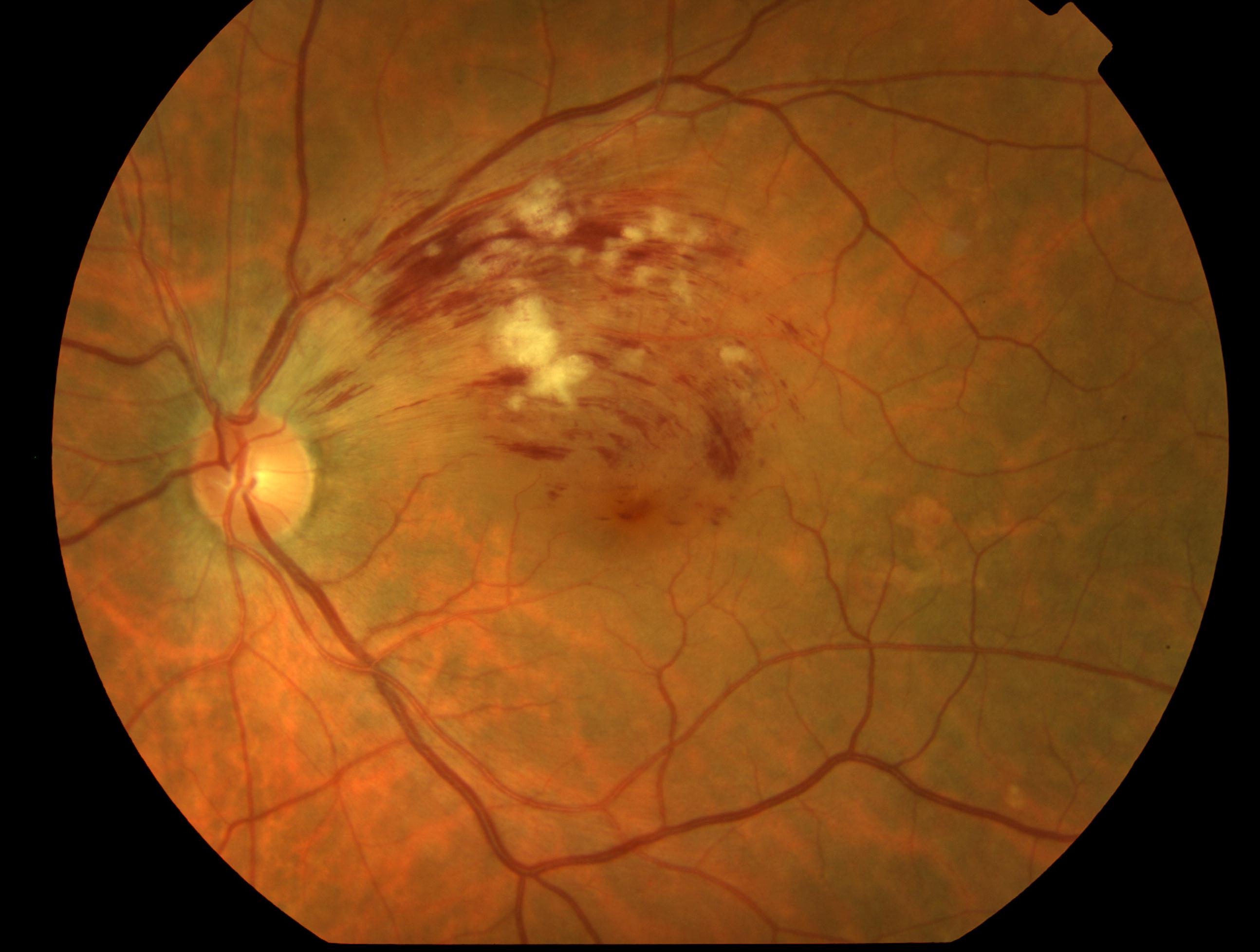
Who is responsible for obtaining patient consent?
The nurse is responsible and accountable for the verification of and witnessing that the patient or the legal representative has signed the consent document in their presence and that the patient, or the legal representative, is of legal age and competent to provide consent.
What is the law on patient consent?
The physician provided his patient with a dense seven-page consent form, in which specific surgical risks, like tissue necrosis, were mentioned; she signed the consent form. However, the physician did not engage in any detailed discussions with his patient ...
How to write a medical consent form?
This section provides the details of the case in the following order:
- Patient description
- Case history
- Physical examination results
- Results of pathological tests and other investigations
- Treatment plan
- Expected outcome of the treatment plan
- Actual outcome.
How long is a medical consent form good for?
What is the valid life span of a consent document? Best practice is that the consent form is considered valid for 12 months if the patient is able to recall the comprehensive process of informed consent and the information provided AND there has been no significant change in health status/nature of intended treatment.

What 7 elements should a patient consent form contain?
B. Basic Elements of Informed ConsentDescription of Clinical Investigation. ... Risks and Discomforts. ... Benefits. ... Alternative Procedures or Treatments. ... Confidentiality. ... Compensation and Medical Treatment in Event of Injury. ... Contacts. ... Voluntary Participation.
How do I file consent for telehealth?
Patients can give their consent verbally at the beginning of their first telehealth visit, and clinicians can document it in the medical record. In addition to verbal consent, a signature can be obtained through your patient portal and the U.S. mail.
What is the purpose of a patient portal?
A patient portal is a secure online website that gives patients convenient, 24-hour access to personal health information from anywhere with an Internet connection. Using a secure username and password, patients can view health information such as: Recent doctor visits. Discharge summaries.
How do you implement a patient portal?
9 Steps to Implement a New Patient Portal SolutionResearch Different Portal Solutions. ... Look for the Right Portal Features. ... Get Buy-In from Key Stakeholders. ... Evaluate and Enhance Existing Workflows. ... Develop a Comprehensive Onboarding Plan. ... Be Prepared for a Successful Go-Live. ... Seek Out Painless Portal Migration.
Do patients need to complete a separate consent form for telehealth?
Providers must obtain informed consent in writing from each member before providing telehealth services and annually thereafter. The provider must ensure each patient is aware they can opt-out or refuse telehealth services at any time.
How do you obtain patient consent?
A person can give consent expressly (in writing or verbally) or it can be implied. Consent by a person must be in writing when required by law or by the policies of the state, territory or healthcare organisation where the person is receiving care and treatment.
Which information can be accessed through a patient portal?
The features of patient portals may vary, but typically you can securely view and print portions of your medical record, including recent doctor visits, discharge summaries, medications, immunizations, allergies, and most lab results anytime and from anywhere you have Web access.
Why do patients not use patient portals?
Disadvantages of patient portals result in these lower rates of use. For some people, they avoid using the portals altogether for reasons like security issues, low health literacy, or lack of internet. Even for those who do access their accounts, there are still other disadvantages of patient portals.
Who develops patient portals?
Some vendors, such as athenahealth, Epic Systems and Cerner offer patient portals as one module of a complete Electronic Health Record (EHR) system. Other vendors, such as Allscripts and Medfusion, offer patient portals that can be integrated with any EHR.
What are the benefits and challenges of implementing a patient portal?
What are the Top Pros and Cons of Adopting Patient Portals?Pro: Better communication with chronically ill patients.Con: Healthcare data security concerns.Pro: More complete and accurate patient information.Con: Difficult patient buy-in.Pro: Increased patient ownership of their own care.
Is a patient portal an EHR?
Electronic health record (EHR) patient portals provide a means by which patients can access their health information, including diagnostic test results. Little is known about portal usage by emergency department (ED) patients.
How do you optimize patient portals for patient engagement?
Make enrollment open to all patients. Have staff manage portal workflow and communication before engaging providers directly. Aim to establish efficient workflows and policies, and avoid burdening providers with troubleshooting during initial rollout. The whole staff should be involved in promoting the patient portal.
Popular Posts:
- 1. optum patient portal registration
- 2. premier family medicine patient portal
- 3. premier physicians patient portal
- 4. excela patient portal
- 5. my baptist patient portal
- 6. st mary patient portal russellville ar
- 7. deer park family clinic patient portal
- 8. patient portal smg
- 9. mount carmel health patient portal
- 10. northwest pediatrics patient portal